Discover 11 hidden attractions, cool sights, and unusual things to do in Terrassa (Spain). Don't miss out on these must-see attractions: La Seu d'Ègara, MNACTEC, and Terrassa Cathedral. Also, be sure to include Museu Tèxtil in your itinerary.
Below, you can find the list of the most amazing places you should visit in Terrassa (Catalonia).
Table of Contents
La Seu d'Ègara
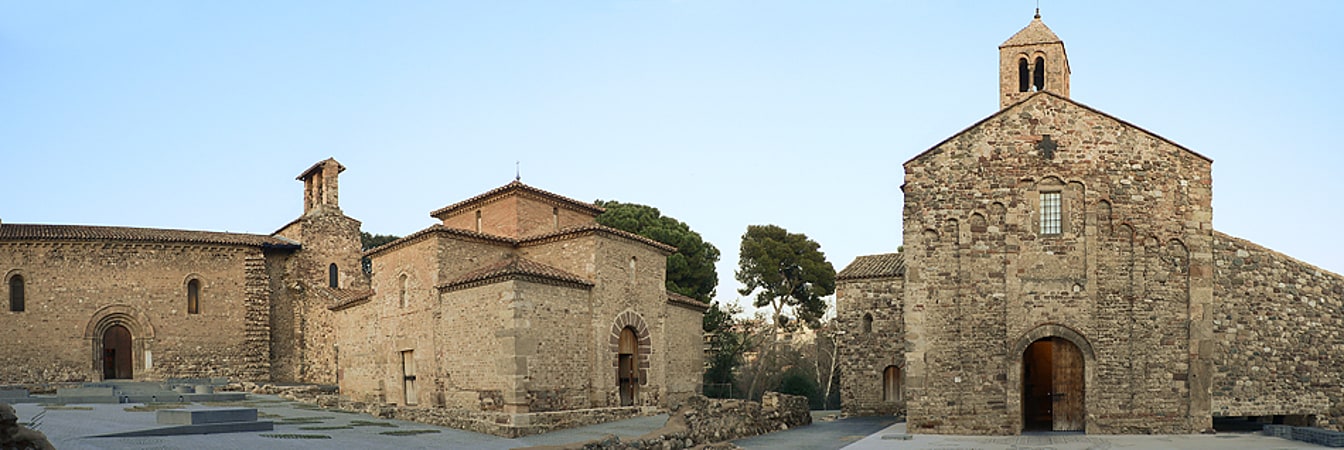
Also known as: Conjunto monumental de las iglesias de San Pedro de Tarrasa
Monumental church complex of Sant Pere is a Bien de Interés Cultural landmark in Terrassa, Province of Barcelona, Spain. The Romanesque complex of churches includes Sant Pere, Sant Miquel and Santa Maria. They are situated at the confluence of Vallparadís and Monner, the most important artistic area of the city, which is noted for Catalan Romanesque art. It was the site of the former Diocese of Egara, an old Visigoth nucleus, in the 5th-8th centuries.[1]
Address: Plaça del Rector Homs, 1, 08222 Terrassa
MNACTEC
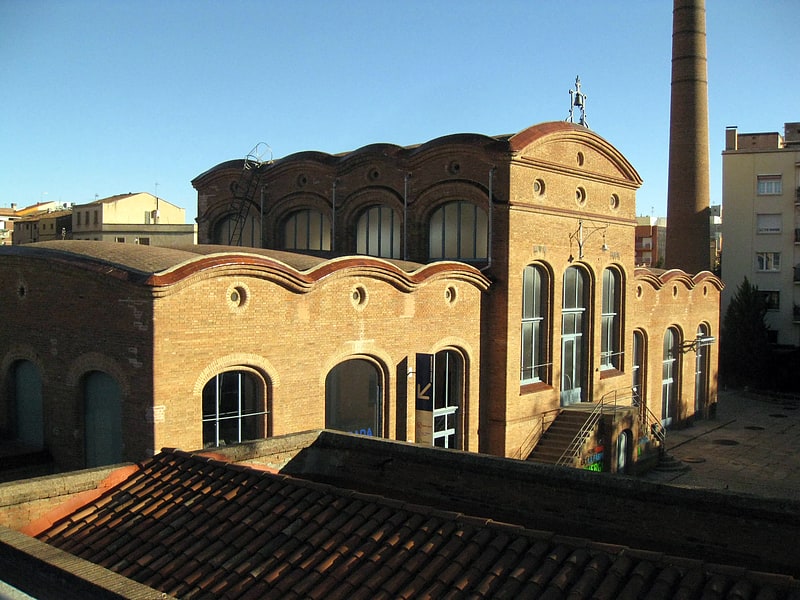
Also known as: Museo de la Ciencia y de la Técnica de Cataluña
The National Museum of Science and Industry of Catalonia known by its acronym is one of the three national museums of Catalonia, located in Terrassa, near Barcelona. Its mission is to showcase and promote an understanding of scientific, technical and industrial culture, and furthermore to preserve, study and present the establishment and evolution of scientific and technical advances in Catalonia, their industrial application, and above all their social implications and impact. The museum is an Anchor point on the European Route of Industrial Heritage.[2]
Address: Rambla d'Ègara, 270, 08221 Terrassa
Terrassa Cathedral
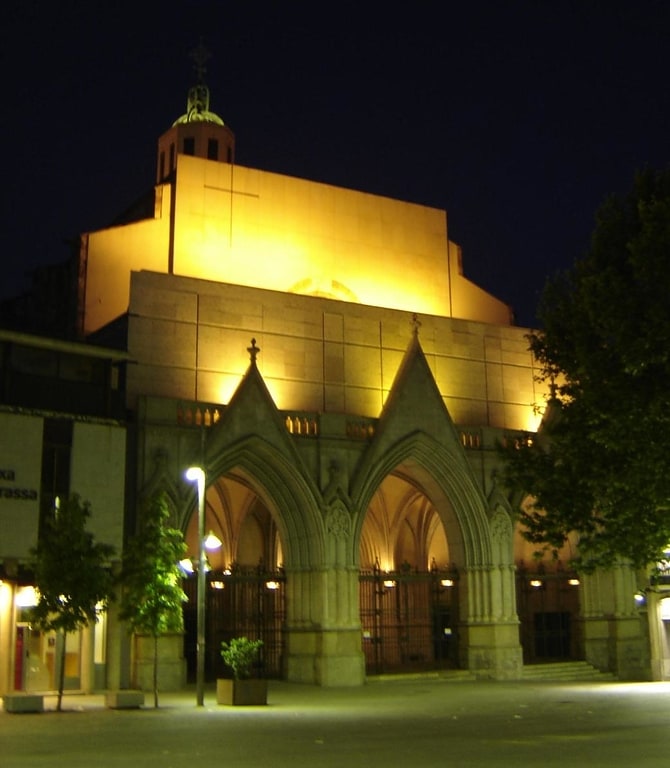
Also known as: Catedral del Espíritu Santo de Tarrasa
Cathedral in Terrassa, Spain. Terrassa Cathedral, or the Cathedral Basilica of the Holy Spirit is a Roman Catholic church located at the plaça Vella of Terrassa. It is the seat of the Diocese of Terrassa.[3]
Address: Plaça Vella, 1, 08221 Terrassa
Museu Tèxtil
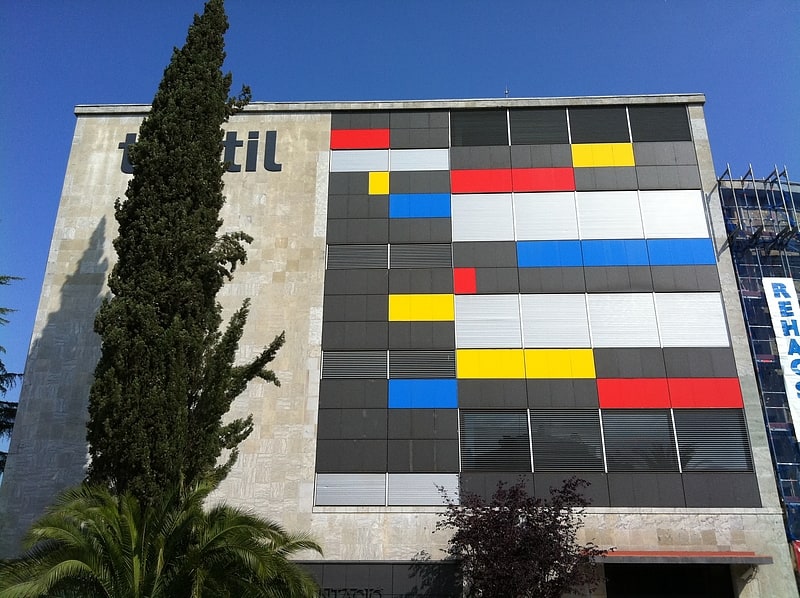
Also known as: Centro de Documentación y Museo Textil
Museum in Terrassa, Spain. The Textile Museum and Documentation Centre is a museum institution located in Terrassa, a city with an important textile tradition. Managed by a consortium consisting of Terrassa Town Council and Diputació de Barcelona, it presents a panoramic view of the different styles and techniques used all over the world in fabric making throughout history. It is part of the Barcelona Provincial Council Local Museum Network.
The documentation centre has an extensive library specialising in textile and fashion, a photographic archive and a rich fabric collection. The institution provides companies with different services and, through its training centre and various agreements with universities and educational institutions, it promotes contact and the exchange of knowledge among professionals in the sector. The museum has the IMATEX image bank, through which companies and individuals can access the museum's collection, which basically consists of clothing and fabric samples, especially from the Mediterranean area, from the first centuries of the Early Modern period up to the present day. There are collections from China and India and a small collection of samples from the pre-Columbian Americas. The museum also has a fabric restoration service and a lecture hall.
The museum's extensive collection, with over 20,000 representative pieces of textile history from around the world, is presented in different temporary monographic exhibitions, lasting between ten and twelve months in the Modernisme area on the first floor, and two to three years on the second floor.[4]
Address: Carrer de Salmerón, 25, 08222 Terrassa
Masia Freixa
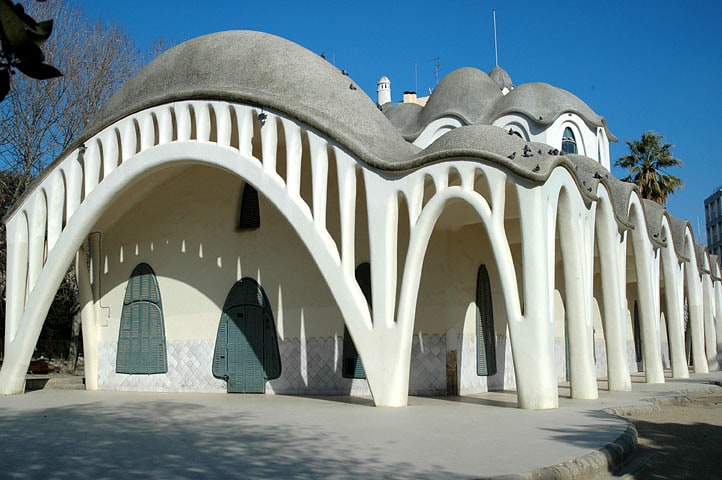
The Masia Freixa is a modernisme building located in Parc de Sant Jordi in Terrassa.[5]
Terrassa Museum
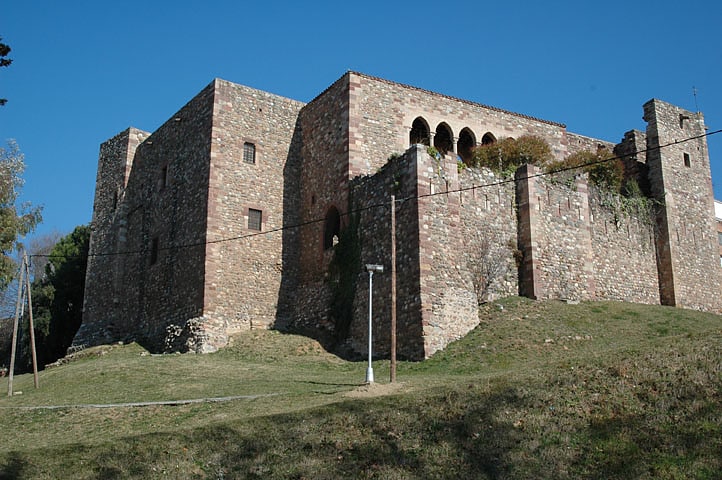
Also known as: Museo de Tarrasa
Culture. The Terrassa Museum is a museum entity which encompasses all the municipally owned museums in the city of Terrassa. It belongs to the History Museum and Monument Network of Catalonia and the Barcelona Provincial Council Local Museum Network.
The Terrassa Museum has different areas, elements and collections related to the cultural heritage of Terrassa. It comprises the following sections:[6]
Ullastrell

Village in Spain. Ullastrell is a village in the province of Barcelona and autonomous community of Catalonia, Spain. The population in 2014 was 2,056.[7]
Matadepera
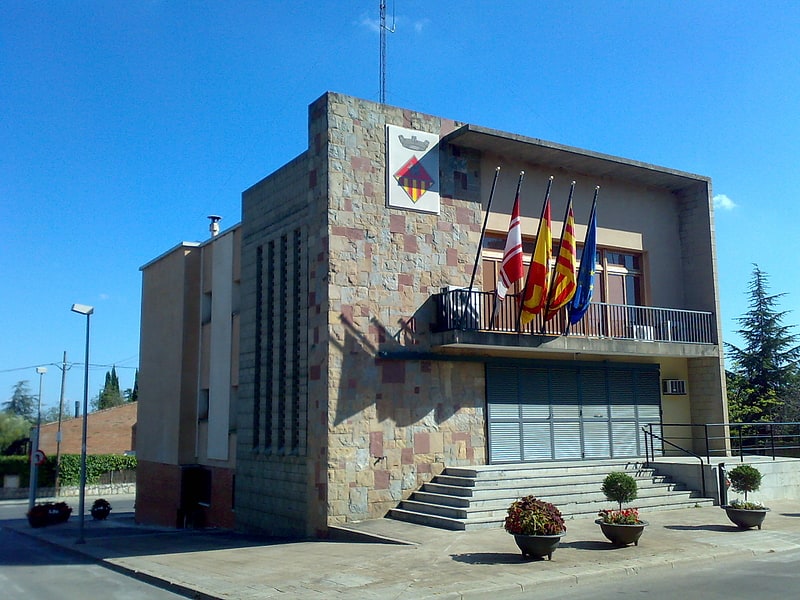
Municipality in Spain. Matadepera is a municipality in the comarca of the Vallès Occidental in Catalonia, Spain.[8]
Minyons de Terrassa

Minyons de Terrassa is a group of castellers from Terrassa founded on 21 June 1979 and publicly presented on 14 July 1979.
On 22 November 2015, they became the first group ever to successfully complete and dismantle a 4 de 10 amb folre i manilles.[9]
Address: Carrer del Teatre, 4-6, 08221 Terrassa
Sala Muncunill
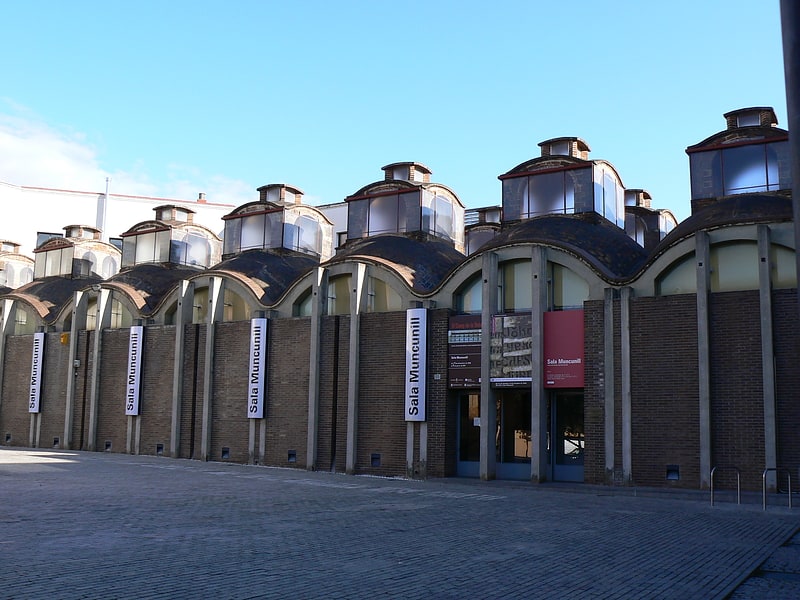
Sala Muncunill is an exhibition hall in Tarrasa, Spain, located at Plaça de Didó núm. 3, corner Carrer de la Rasa. It is the dyeing room of the old Vapor Amat, also known as Ca l'Izard, a 1921 construction by the modernist architect Lluís Muncunill i Parellada, after whom the new exhibition space inaugurated by the City Council in 1982 was named.
The steamboat, mainly used for finishing dyes in the textile sector, was promoted by Josep Amat, also a shareholder of the Aymerich, Amat and Jover factory (now the headquarters of the Museum of Science and Technology of Catalonia), also a work by Muncunill dating from 1907. After the Civil War, in 1940, it was remodelled by Joan Baca i Reixach, who mainly reformed the ventilation skylights. The last reform was in 1982, by Francesc Bacardit i Segués, who renovated the building to convert it into a municipal exhibition hall, attached to the new Town Hall in Plaça Didó.
Address: Plaza Dido, 3, Terrassa
Torre del Palau
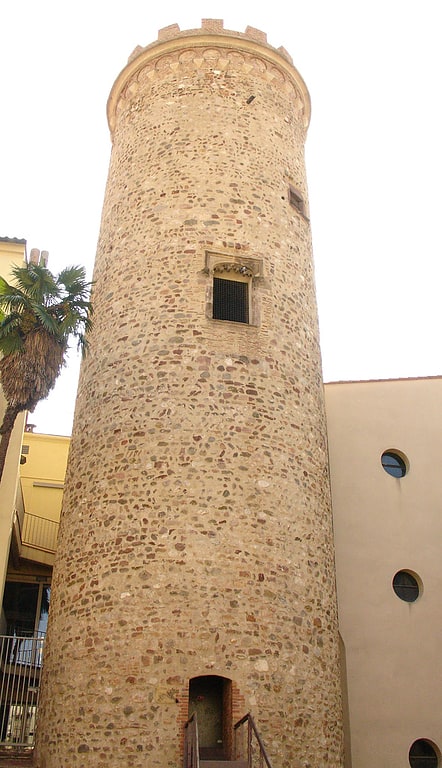
The tower of the Palace is the only vestige of the castle-palace of Tarrasa, which at the height of its power extended its dominions from the Llobregat to Ripoll and from San Cugat del Vallés to Pla de Bages. Pedro de Fizes and Pedro Francisco de Montanyans were Castilians at different times.
The master tower, which was a prison until well into the 19th century, was the only structure that remained standing when in 1891 the last owner of the castle decided to demolish what was left of the building. Documented for the first time in 1016, it was ceded to the municipality in 1994 and is currently one of the sections of the Museum of Tarrasa.